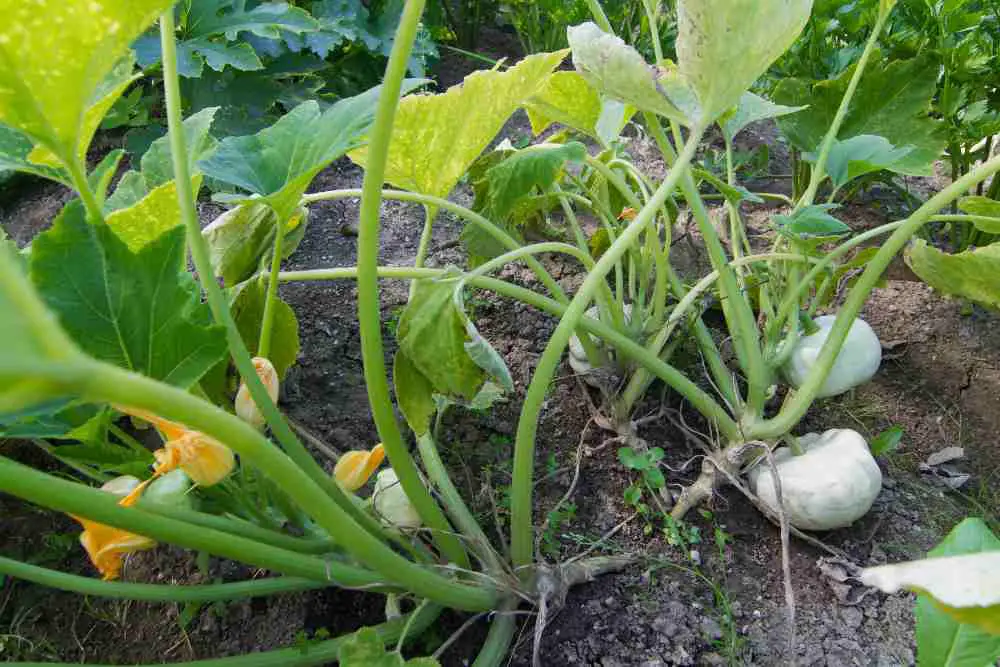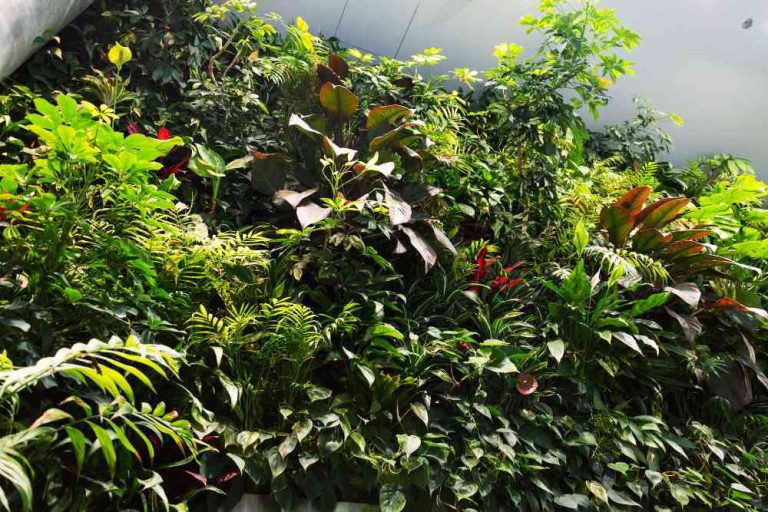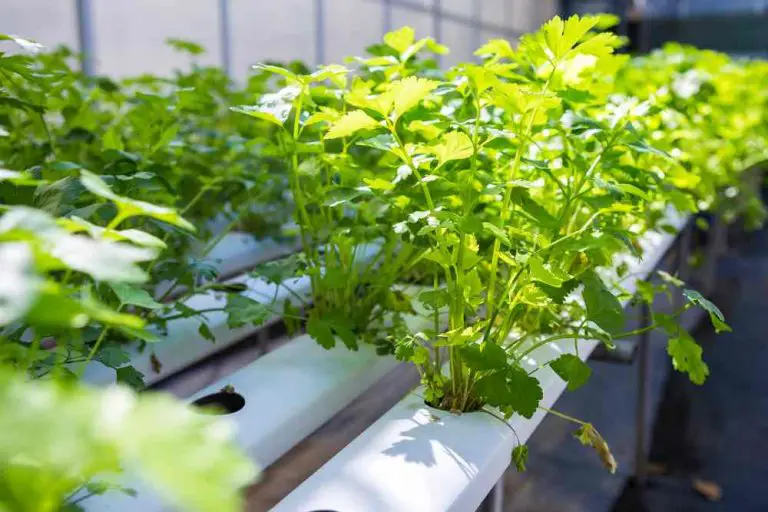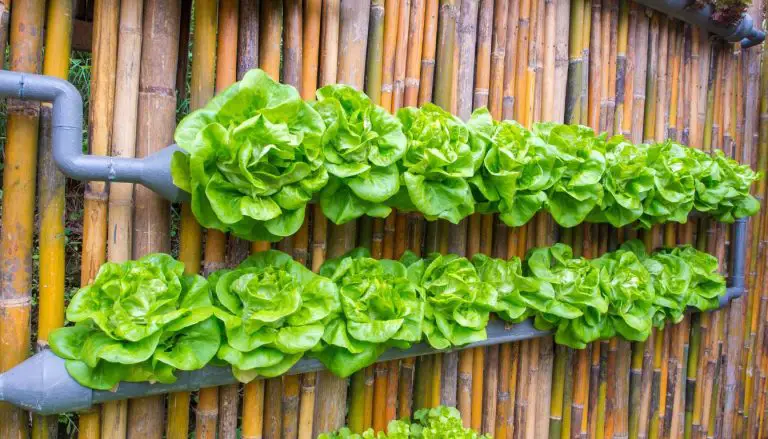Growing Patty Pan Squash Vertically: A Space-Saving Guide
Patty pan squash is a member of the common Cucurbita species. It has many names, including scallop squash, sunburst squash, scaloppini, white squash, and button squash.
You can grow patty pan squash in your garden if you have enough space. But if you don’t have enough space in your garden, growing patty pan squash vertically will be helpful for you. Let’s continue reading to learn essential facts.
Why Is Patty Pan Squash Different From Other Squash Varieties?
Pattypan is a summer squash, similar to zucchini, that doesn’t require peeling because it’s supposed to be eaten while the skin is still tender and thin. It has a highly distinctive flying saucer-like appearance, and its alternate common name, scallopini squash, comes from the scalloped edges of the fruits. Patty pan squash has a lower moisture content than some other varieties of summer squash. The flesh is really dry.
When patty pans are the size of a ping pong ball, they can be picked as “baby vegetables,” or you can let them grow until they are the size of a softball. But the skin won’t be smooth and delicious if you wait much longer. Various color options exist for patty pan squash, including yellow, dark green, white, pale green, and even bi-colors. Patty pans are helpful in the kitchen regardless of the color of the fruit.
The plant develops and sprouts rapidly; depending on the type, the time from germination to harvest ranges from 45 to 70 days until the first fruit is ripe. Squash plants have lobed, rough leaves. Pattypans are often sown in the spring, with a potential second planting in the summer, like any other summer squash.
Growing Patty Pan Squash
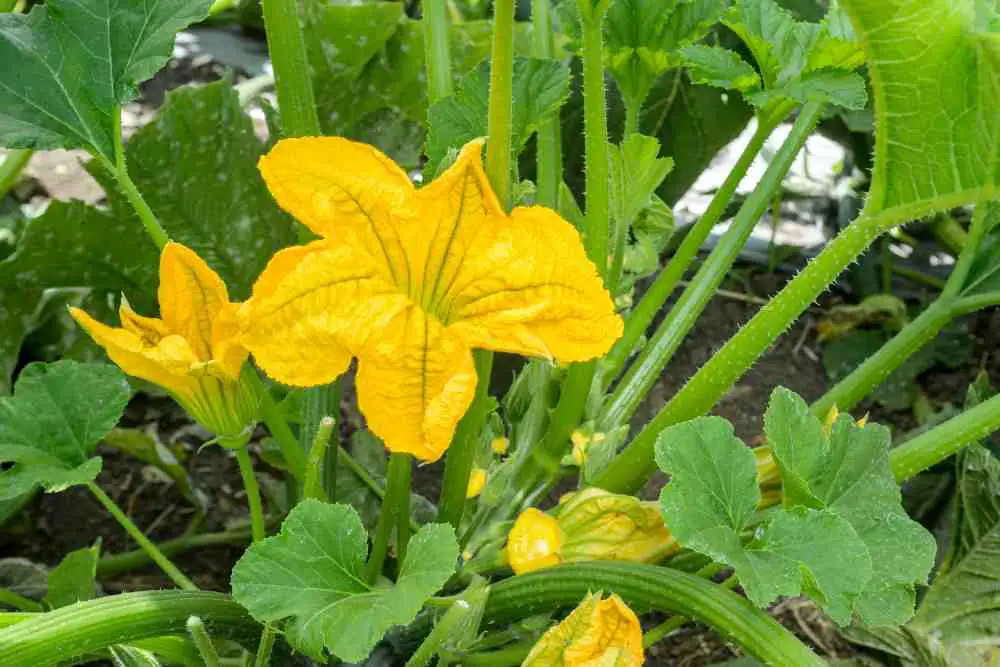
Though they’re a gourmet summer squash species, patty pan squash is surprisingly simple to grow. As soon as the risk of frost has gone in the spring here on the farm, you can sow seeds immediately in the field. The seeds germinate quickly, and the vines spread out quickly. Patty pan squash plants are shrub varieties. Unlike winter squash, they don’t develop long, wandering vines. Instead, the plants had a spread of only three to four feet and a height of roughly 24 inches.
The majority of patty pan squash plants begin producing fruit 45 to 55 days after planting. Harvesting will continue for several weeks.
Date Of Planting
Once the soil has reached a temperature of at least 65 degrees Fahrenheit, plant the pattypans. The squash should ideally be direct-seeded in the garden. An additional planting in the middle of the summer will extend your garden’s harvest into the fall because early plants may become exhausted after the fruit sets.
Choosing A Planting Location
Squash is frequently planted in clusters or hills. Choose a spot with a lot of sunlight and rich, easy-to-drain soil. Full sun is the ideal climate for summer squash, which creates the most organic fruits there.
Soil
Pattypan squash does best in rich, well-drained soil. Although it can thrive in most good soils, pattypan prefers a pH range of 6.1 to 6.5, which is somewhat acidic.
Water
The plants should have one inch of water every week, including rain, especially when producing squash and blooms. Assuming that they experience a lot of dry seasons, pattypans will drop their blossoms and fruits as well. The shallow root system is kept cool and moist by mulching. Straw is perfect to use as a mulch to preserve the natural products dry and clean, yet any mulch will do.
Spacing, Depth, And Support
Plant two to three seeds per hill, space them 2 to 3 feet apart, and plant them about 1 inch deep. Once the seedlings reach a height of two to three inches, each hill can be thinned to one or two plants.
If planting in rows, space plants 3 feet apart and approximately 10 inches apart. Give your plants ample space to develop. Despite being a bush variety, pattypan squash still requires good air circulation between plants. Most of the time they don’t need support because they can stand on their own and are reasonably strong.
Containers
Pattypans are excellent for container gardening as well because of their bushy form. For each plant, a 5-gallon container works well because it won’t overflow as the plant begins to grow. It would help if you watered your squash frequently to prevent the fruits from becoming bitter, as the soil in pots dries up more quickly than soil in the garden.
Choose a large container made of any material with a drainage hole or even a sizable grow bag 10 to 12 inches wide and 10 inches deep to provide the plant space to develop both male and female blossoms. Compost, potting soil, sand, and perlite should all be added to the container to make a light, well-draining mixture.
One or two germinated seeds should be planted about 1/2 inch deep, with the soil softly covered and the top lightly mulched. Place the pot somewhere sunny or partly sunny, then add 1 inch of water. You can remove one of the seedlings to give the other more energy if it appears like the other one is struggling to grow.
Including rain; water the container 1 inch every week. Verify that no dry or drought-like conditions are present as the plants start to bloom. Remember to use a balanced fertilizer once every two weeks, and your first squash should be ready for harvest in eight weeks.
Vertical Growth
There are many possibilities for vertical supports for squash. The best choices are a sturdy trellis, a support in the form of a teepee, or a metal tomato cage. The most important thing to remember is that a healthy squash plant can develop into a huge and hefty fruit when it bears fruit. If adequate support is not given, the fruit could fall off before it has a chance to develop, or the plant could break.
You’ve decided that you want to grow squash vertically to have more space for a larger harvest; therefore, you must now choose how to support your squash.
Several variables will influence your choice of trellis.
- Materials and tools – what you already have or can quickly obtain
- Money – how much you are willing to pay
- Skills – if you are a DIYer or an online consumer searching for a quick solution to trellis squashes
- Size – how much area you have set aside to grow squashes vertically
Using fencing or wood, you can create your own trellis or teepee support. As an alternative, there are some straightforward commercial choices, including these:
Panacea A-Frame Trellis
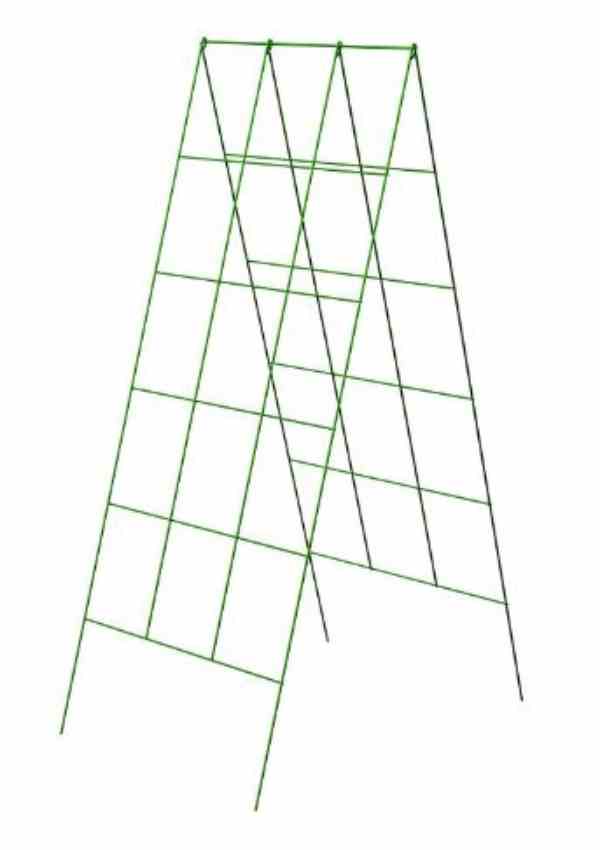
Use these Panacea Black A-Frame Cucumber Folding Trellises to promote the growth of your cucumber, eggplant, and patty squash plants. This set of six metal supports is perfect for a full garden row because it lessens the strain on your plant’s roots, allowing it to grow higher and thrive. These A-frame supports include rectangular apertures that are precisely positioned for vines and tendrils.
The metal structure may last for many seasons. The frames can be left in an open configuration to create 36″ tall by 24″ wide units, and the legs can be quickly placed in the ground. The plants may be harvested more easily with this design, and the black color gives it a classic appearance. For you to continue to enjoy your garden for many years, each trellis folds flat for seasonal storage.
Master Garden Products Willow Expandable Teepee
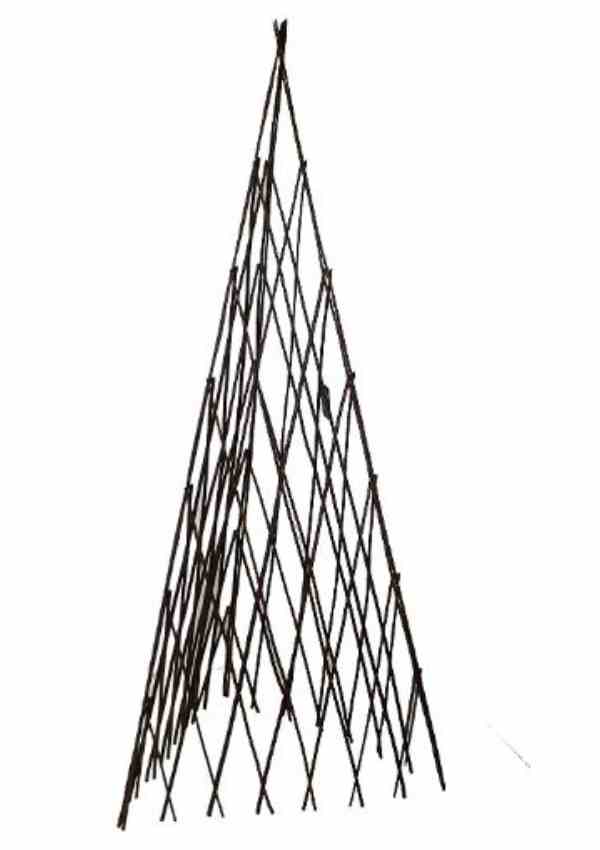
The diagonal part of the construction is made of willow saplings that have been nailed together. A willow twig teepee can support especially climbing vines. The three-sided design enables you to either set the trellis over plants or have them grow around its edge.
Dura-Trel Winchester Trellis
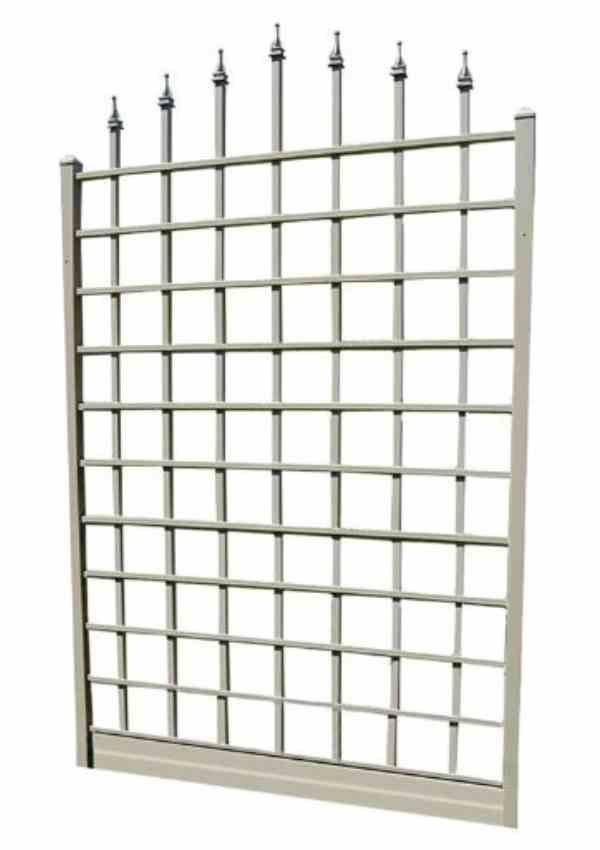
This strong trellis with elegant finials is intended for use against the majority of walls. The provided wall mounting screws and spacers make for simple installation on any type of wood or vinyl siding. Any vine or climbing plant can cling to the Winchester trellis without breaking.
It is made of the highest-quality PVC and has the most titanium dioxide for the greatest UV sunlight protection. Everything made of DuraTrel won’t delaminate, crack, peel, fade, or otherwise change color. The only upkeep required after installation in your yard is a quick garden hose spray and wipe-down. Produced in the USA.
Pattypan Squash Harvesting Instructions
After planting your pattypan squash, let it 45 to 55 days before you begin harvesting. They’re ready when the fruits are 2 to 4 inches across and can’t be dented with your fingernail. Pattypans can grow with a maximum diameter of roughly 7 inches. Though pattypans get more difficult as they grow larger, please pick them up before this.
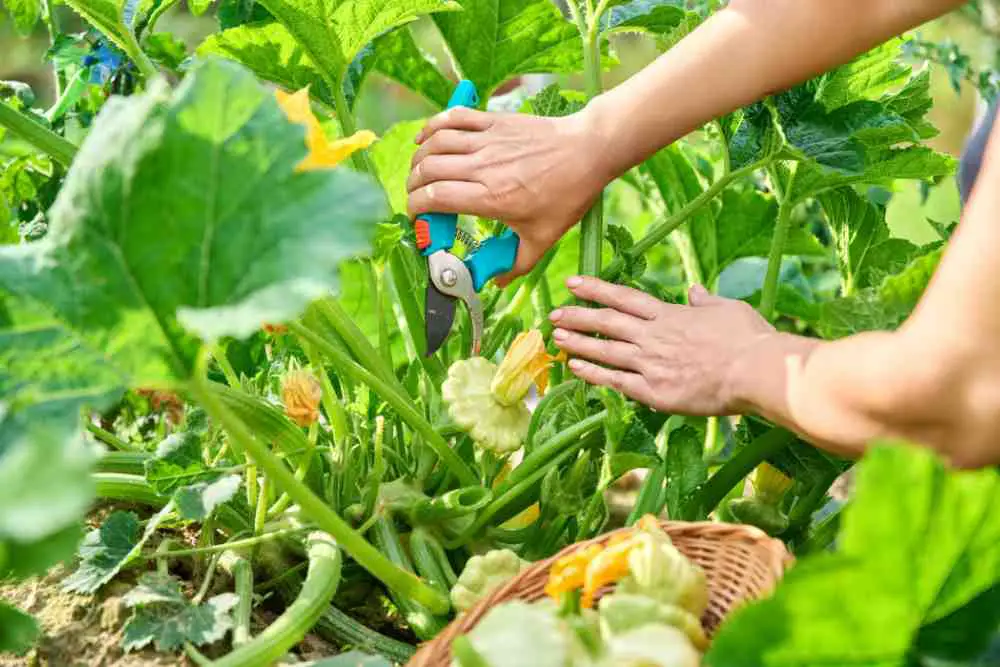
Use a sharp knife to harvest the pattypan by cutting it off the vine. When cutting fruit, leave a stem of 1 to 2 inches on it because it prolongs its fruit’s shelf life. Once harvesting has begun, check your plants daily and remove the pattypans as necessary. They will continue to produce as long as you keep plucking them until the fall when the growing season ends. Your collected pattypans can be kept in the fridge for up to 14 days in a loose plastic bag.
Pattypan Squash Pest And Diseases
Cucumber Beetle
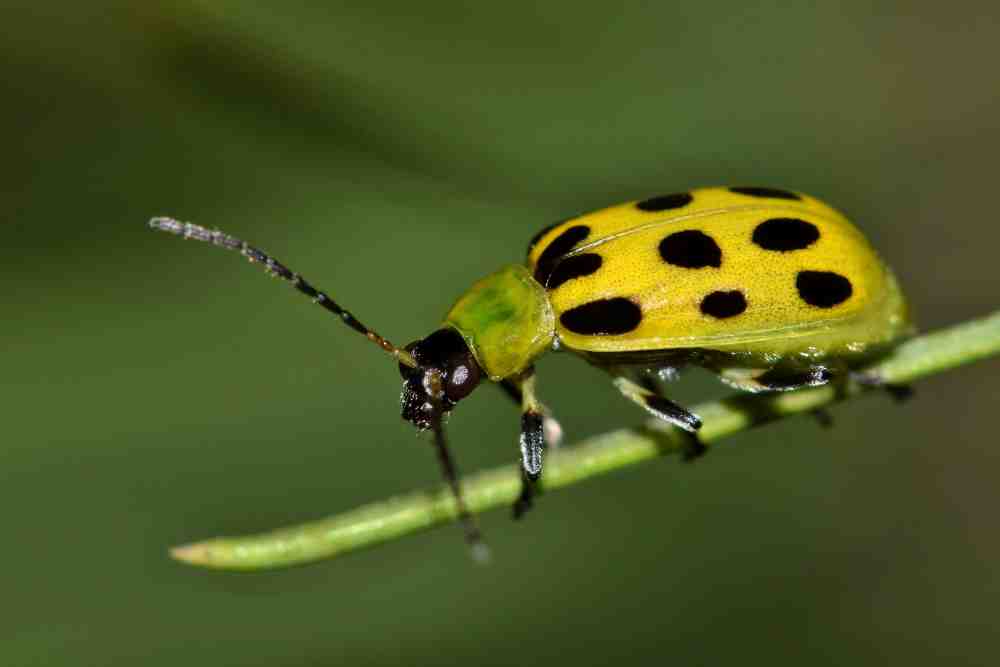
The adult beetle measures about 1/4 inch in length and has a yellow body with black dots or stripes. The larva is cream-colored and 3/4 inch long. While the adults eat the leaves, the larvae eat the roots. In the case of an abundance of beetles, adult cucumber beetles can completely strip a plant of its leaves.
They cause the most harm to young seedlings because they don’t have a lot of extra foliage. The adults spend the winter here, so keep dead plant material cleared up. To stop the cucumber beetle’s eggs from hatching, mulch the area around the squash plants. The bugs can be killed using pyrethrins or neem oil.
Squash Vine Borer
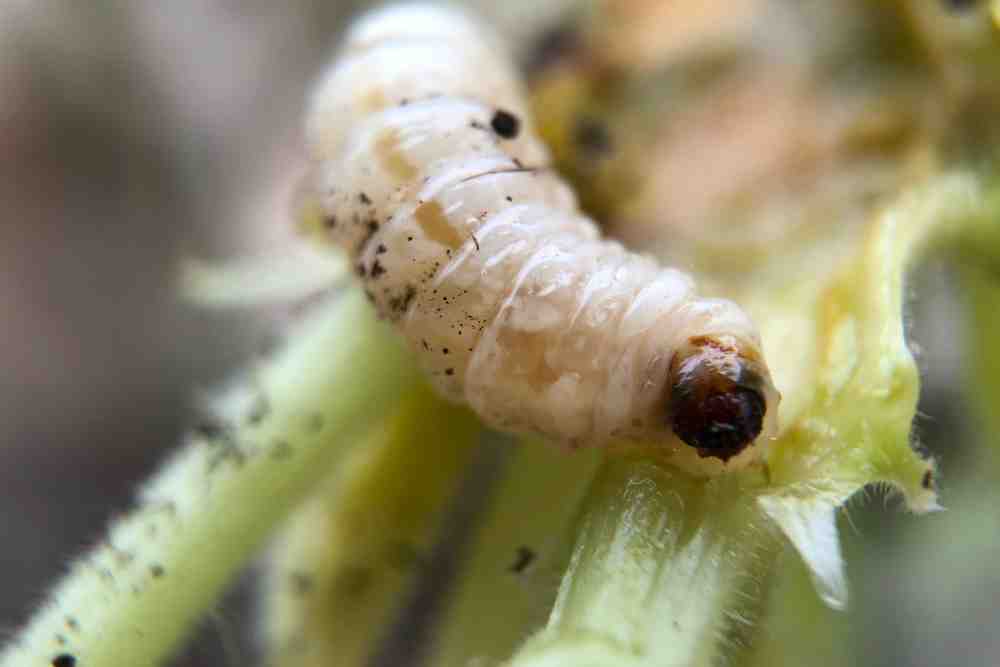
These borers dig into the squash stem close to the soil with their inch-long white larva. Clearwing moth adults have red abdomens with black spots down the middle and black spots on their wings all over their black bodies. The moths look like wasps. The larva makes the squash leaves wilt and turn yellow.
The larva is difficult to destroy since it is enclosed inside the squash stem. Apply contact poison, such as pyrethrin, to the vines’ roots. In addition to killing the larva as they burrow into the vine, this will also destroy the adults when they lay eggs. A pesticide designed for use on vegetables should be applied with caution.
Squash Bug
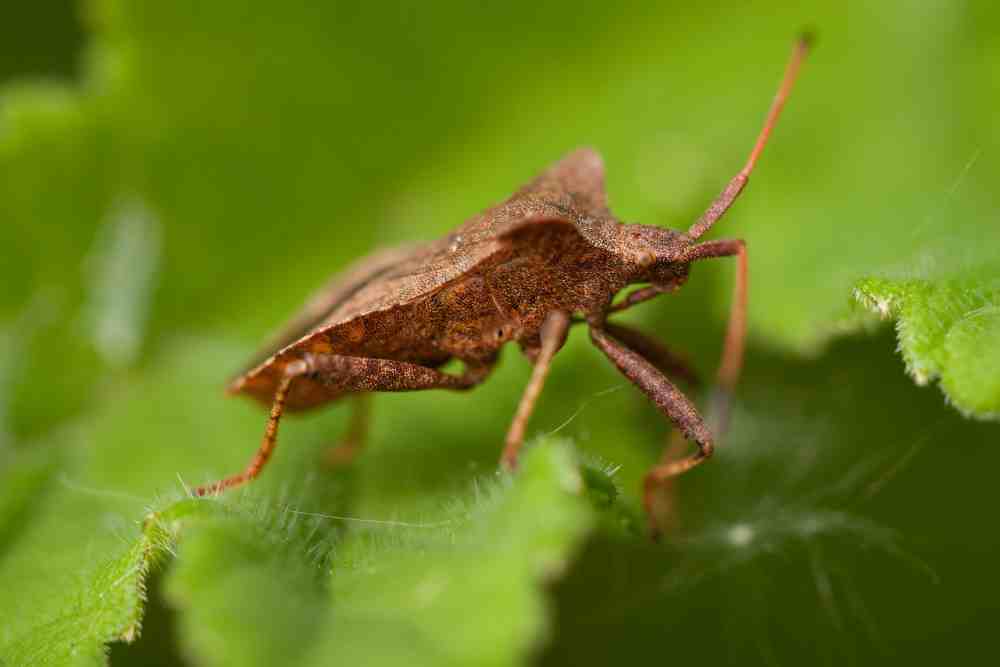
True bugs that develop to a length of 1/4 to 1/2 inches are called squash bugs. They are flat and come in various tones of gray and brown. Wilting and seedling death are signs of squash bugs. They generate yellow patches that eventually become brown by sucking the sap out of the leaves. Young plants can die if there are too many squash bugs.
The bugs can be eliminated by picking them off the squash and placing them in a jar of soapy water. The majority of household insecticides are ineffective against adult insects. The nymphs are more fragile, but removing them is the most effective way to eliminate them.
Powdery Mildew
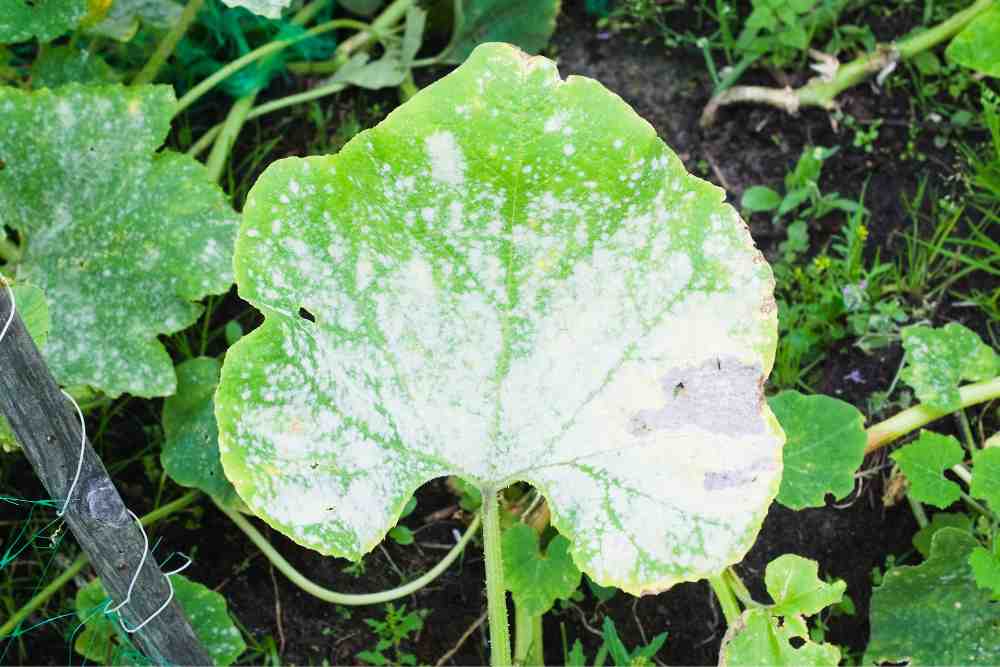
Growers of pattypan squash frequently deal with bacterial wilt, powdery mildew, and blossom end rot. Although it is not often fatal, powdery mildew can damage plant leaves. The pattypans may develop sunburn due to the lack of shade this produces.
To avoid powdery mildew, always aim irrigation water toward the base of your plants rather than the leaves. Water in the early morning hours so the leaves have plenty of time to dry out any moisture they may have accumulated. To allow for adequate airflow, reduce the number of weeds and space plants. To stop the spread, remove diseased leaves by pruning.
Bacterial Wilt
During the day, squash plant leaves wilt due to bacterial wilt; nevertheless, they frequently appear to recover at night. Only a few leaves may initially be affected, but the entire plant will soon be affected.
Controlling cucumber beetles, rotating crops, and maintaining a tidy garden are the best ways to prevent it. You should remove and destroy diseased plants because you are unlikely to save them once the disease takes root.
Blossom End Rot
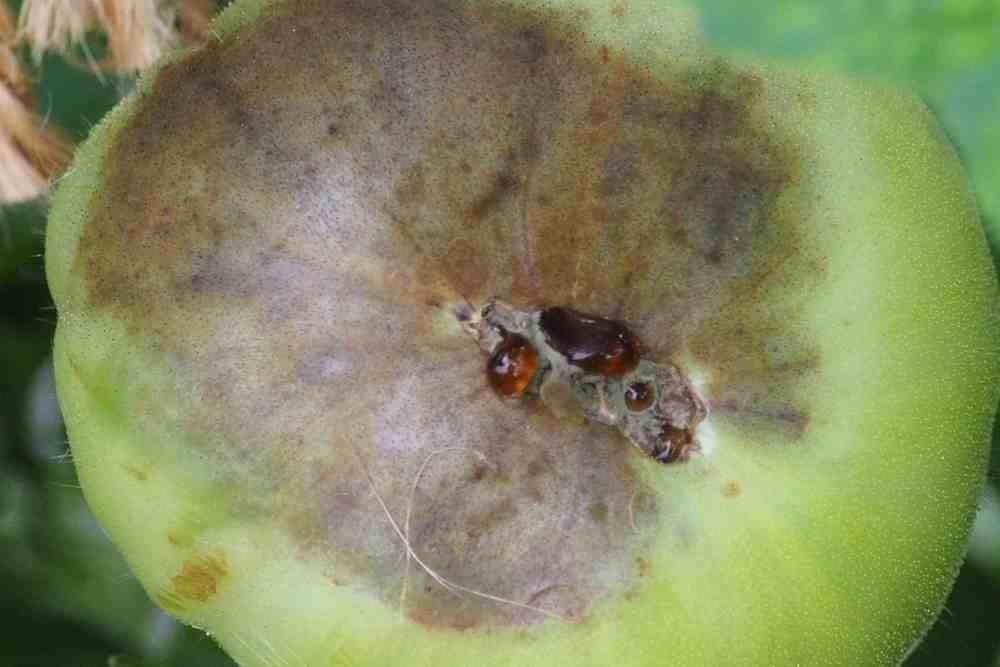
Your pattypans probably suffer from blossom end rot if rotting rather than growing. This is a symptom of inadequate calcium intake rather than a disease. Avoid using fertilizers heavy in nitrogen, and maintain the pH of your soil between 6.0 and 6.5 to solve the issue.
Advantages Of Growing Patty Pan Squash Vertically
- Vertical squash cultivation conserves your area.
- The plants can be trained to stay in the tomato cage as they ripen.
- To prevent the plant from flopping out of the growth bed and onto the walkways, the cage supports and maintains the plant upright.
- When a plant grows upright, it may receive more light. When a plant grows upright, the foliage is more dispersed, resulting in less shadowing and greater solar absorption. Additionally, the majority of pollinators choose foraging in the sun.
- 15 Ingenious Kitchen Garden Ideas to Cultivate Freshness Right at Home - April 7, 2024
- 10 Top Picks Best Plants for Open Terrarium - April 2, 2024
- 21 Easy and Cheap Walkway Ideas for a Charming Garden - March 31, 2024

